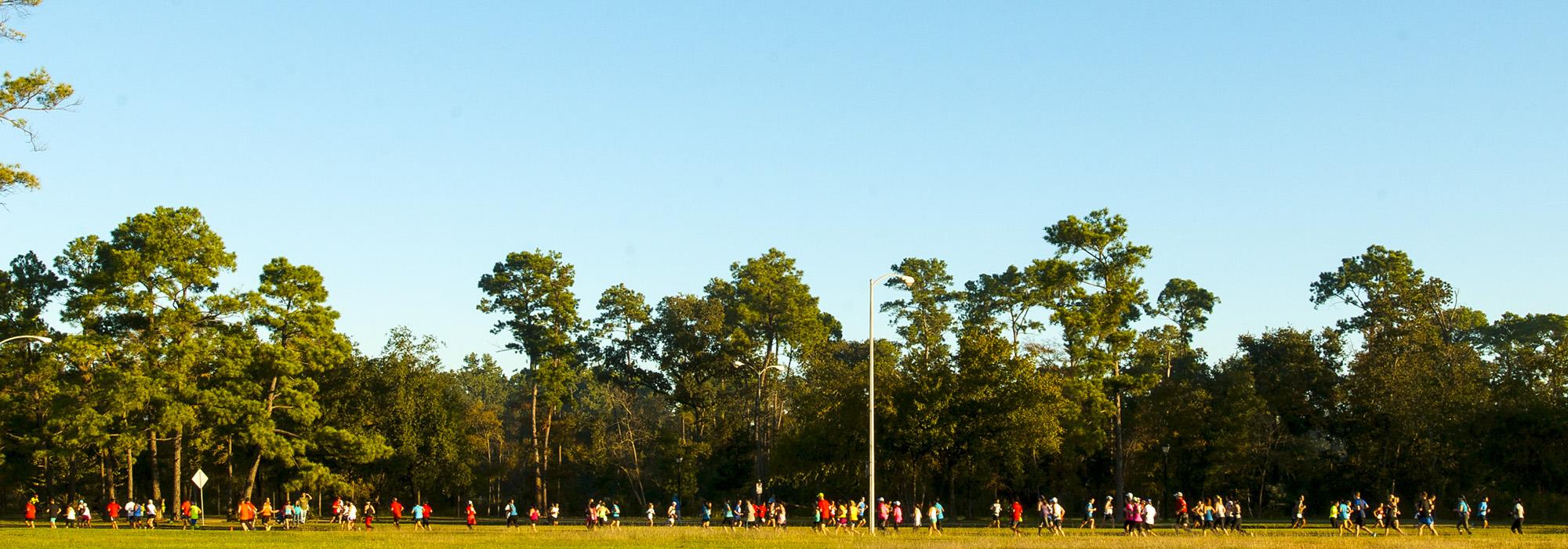‘An audacious idea’: Construction begins on Memorial Park land bridge
Land bridges are part of a larger trend to make places more porous and improve connectivity, said Charles Birnbaum, president and CEO of the Cultural Landscape Foundation based in Washington, D.C.
He knows of about 200 so-called “cap” projects around the globe, either already built or planned, that extend parks across freeways. Many of them connect communities that have been cut apart by roads. After many decades when cars ruled, cities now are prioritizing parks and people, ecology and animals, Birnbaum said. “We’re cap-happy right now.”
Seattle built the first land bridge, Lawrence Halprin’s sculptural-looking Freeway Park, in 1976. Dallas built the first in Texas, Klyde Warren Park, across its Woodall Rogers Freeway. Since opening in 2012 it has been such a success, plans are underway to add another 1.5 acres by 2024.
Birnbaum compares Houston’s land bridge to the 13-acre “tunnel top” structure under construction at San Francisco’s Presidio Parklands. Woltz and the Kinders also point to the smaller Gathering Place land bridge in Tulsa, Okla., which opened in 2018 as part of a new park dense with amenities for families. A more overpass-like cap structure is due to be completed this fall in San Antonio with the Robert L.B. Tobin Land Bridge across Wurzbach Parkway; it will connect two sides of the relatively new, 311-acre Phil Hardberger Park.
Birnbaum likens the enormity of the Houston project to the act of civic patronage that created the park in 1924, when the Hogg family sold nearly 1,500 acres to the city for a pittance. Roamed by native Karankawa people for thousands of years, the land had been used at least a century for grazing cattle and was briefly converted to Camp Logan, a World War I training facility.



